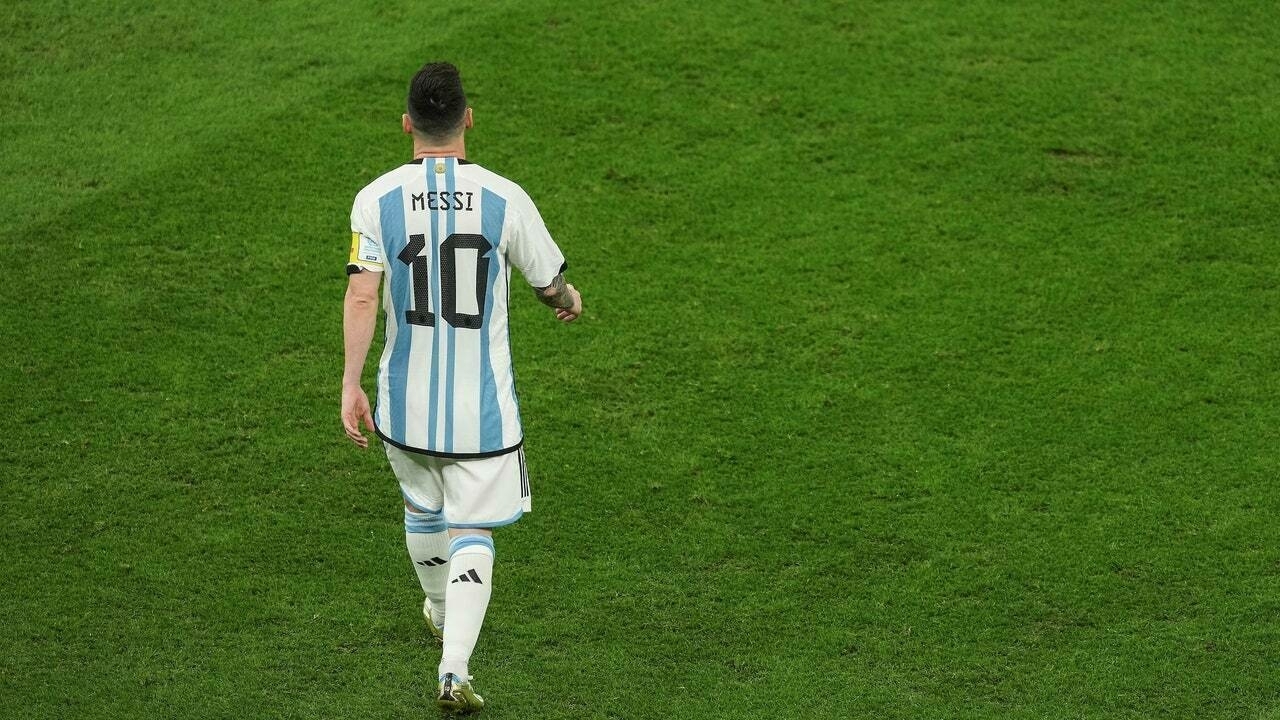Walking around like Lionel Messi
I didn’t get a chance to read this excellent article in The New Yorker about Lionel Messi until today. It was published the week leading up to the World Cup Final, which of course Argentina won, making Messi possibly the greatest player of all time (behind Pele? RIP.)
What I like about it is that it shows that ‘work’ doesn’t always look like running around the place looking ‘busy’. In fact, the greatest people at a given thing are usually involved in the background while people are concentrating solely on the foreground.
Messi is soccer’s great ambler. To keep your eyes fixed on him throughout a match is both spellbinding and deadly dull. It is also a lesson in the art and science of watching a soccer match. If you ask any astute observer—an experienced coach or player or tactically tuned-in analyst—how to understand the game, they will advise you to take your eyes off the ball. There may well be an analogous precept, with a German name, in philosophy or art history or mechanical physics. The idea is this: to apprehend the main thrust of the narrative, to really wrap your mind around what’s going on, you must shift your focus from the foreground to the background.Source: The Genius of Lionel Messi Just Walking Around | The New Yorker[…]
[I]f you happen to be watching a match featuring Leo Messi, you’ll notice that something on the order of eighty-five per cent of the time, he can be found off the ball, strolling and dawdling and looking mildly uninterested. It is the kind of behavior associated with selfish players, prima donnas who expend no effort on defense and bestir themselves only when goal-scoring opportunities arise. Messi, of course, is one of the most prolific scorers of all time, with a career total of nearly eight hundred goals in club and international competition. His penchant for walking is not a symptom of indolence or entitlement; it’s a practice that reveals supreme footballing intelligence and a commitment to the efficient expenditure of energy. Also, it’s a ruse—the greatest con job in the history of the game.
A famous aphorism, usually attributed to the Spanish manager Vicente del Bosque, sums up the subtly visionary play of the midfielder Sergio Busquets this way: when you watch the game, you don’t see Busquets—but when you watch Busquets, you see the whole game. Something related might be said about the great Argentinean: when you watch Messi, you watch him watching the game. Another manager, Manchester City’s Pep Guardiola, who coached Messi for four years at Barcelona, has described his walking, especially in the early stages of a game, as form of cartography—an exercise in scanning and surveying, taking the measure of the defense, noticing where the vulnerabilities lie, and calculating when and how opportunities might be seized. “After five, ten minutes, he’ll have a map in his eyes and in his brain,” Guardiola has said. “[He’ll] know exactly what is the space and what is the panorama.”
